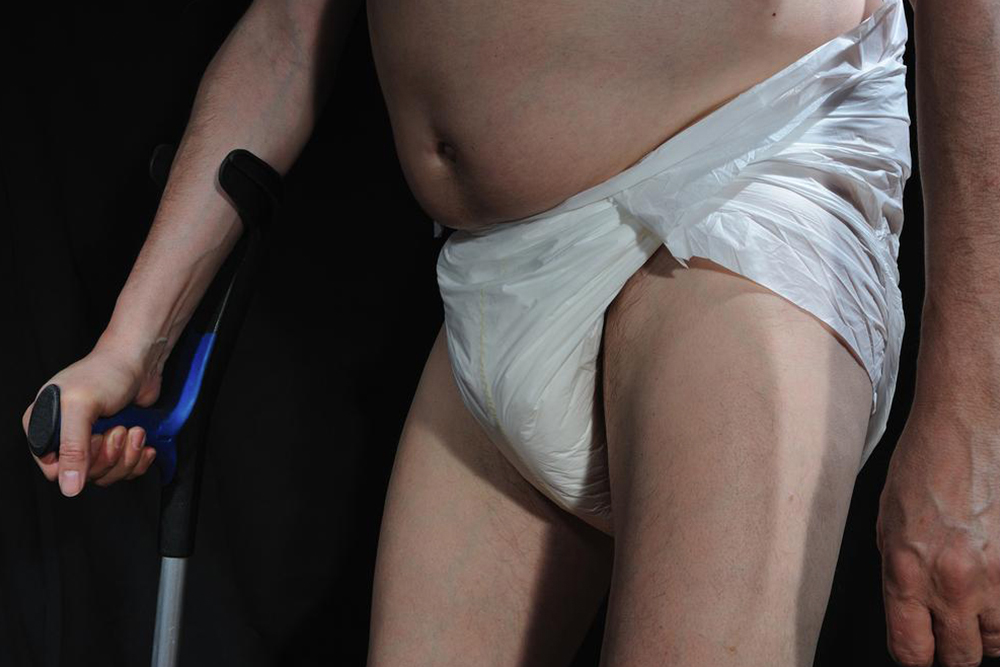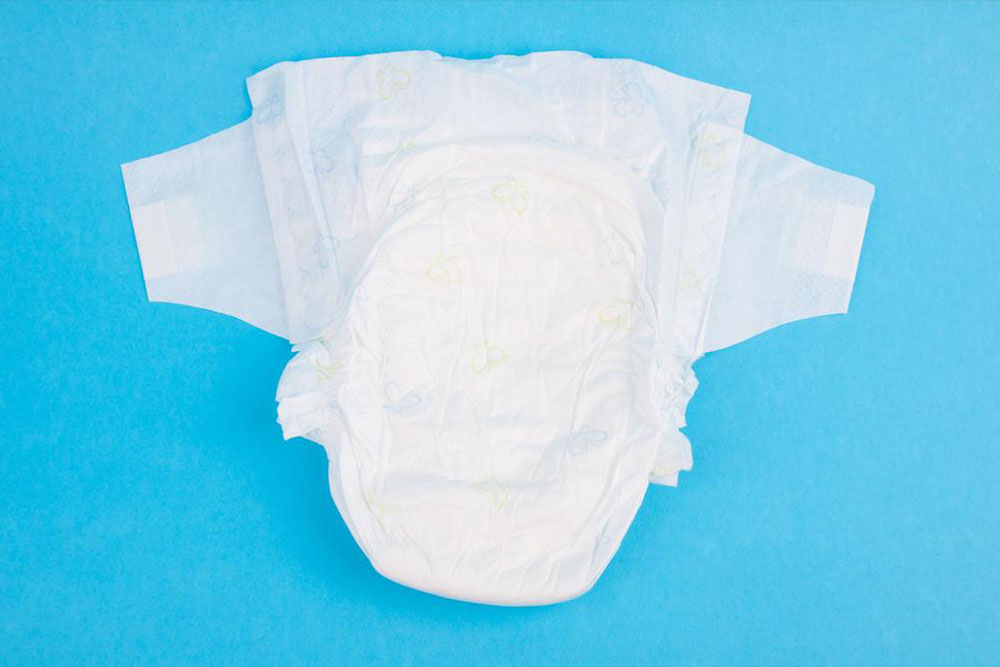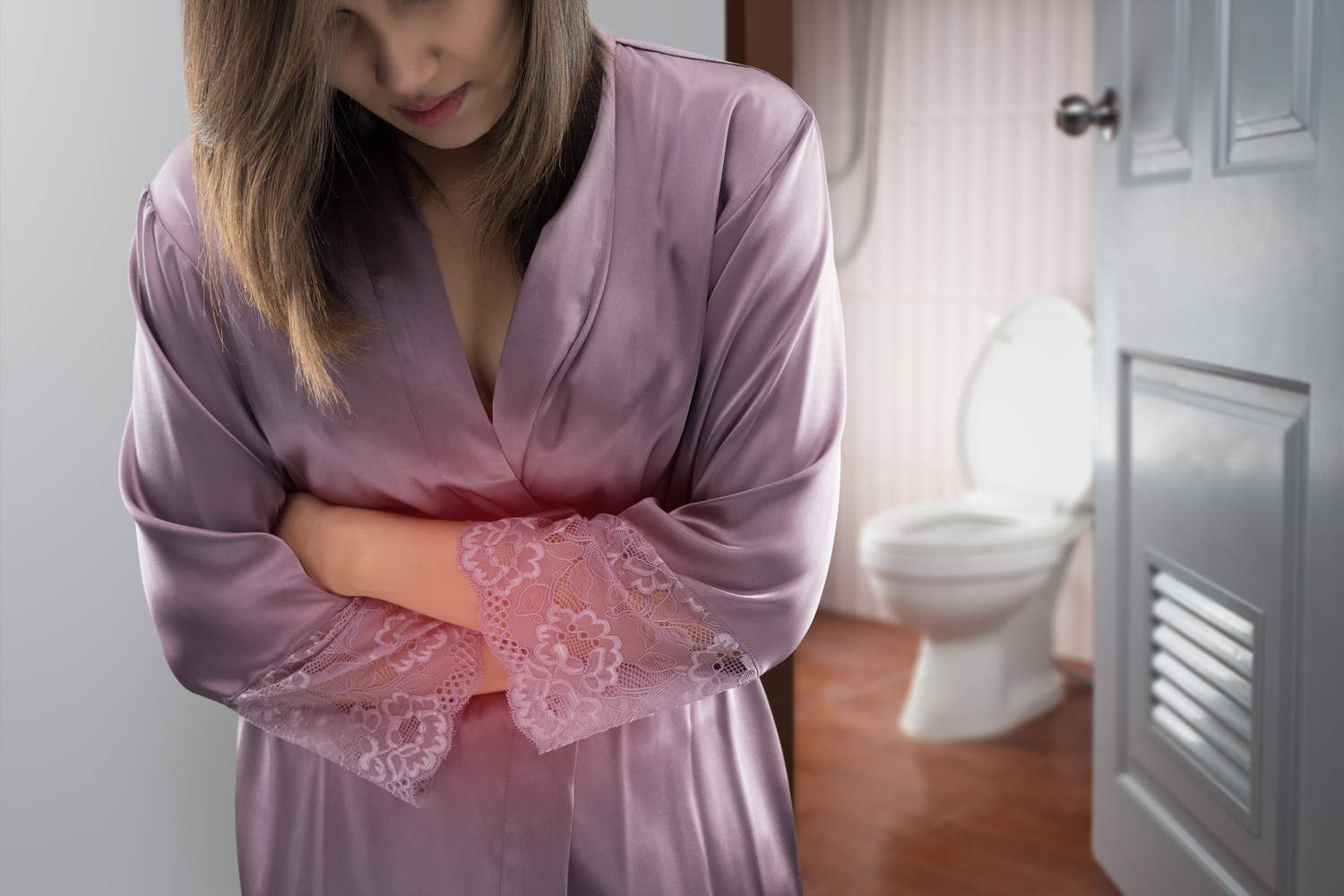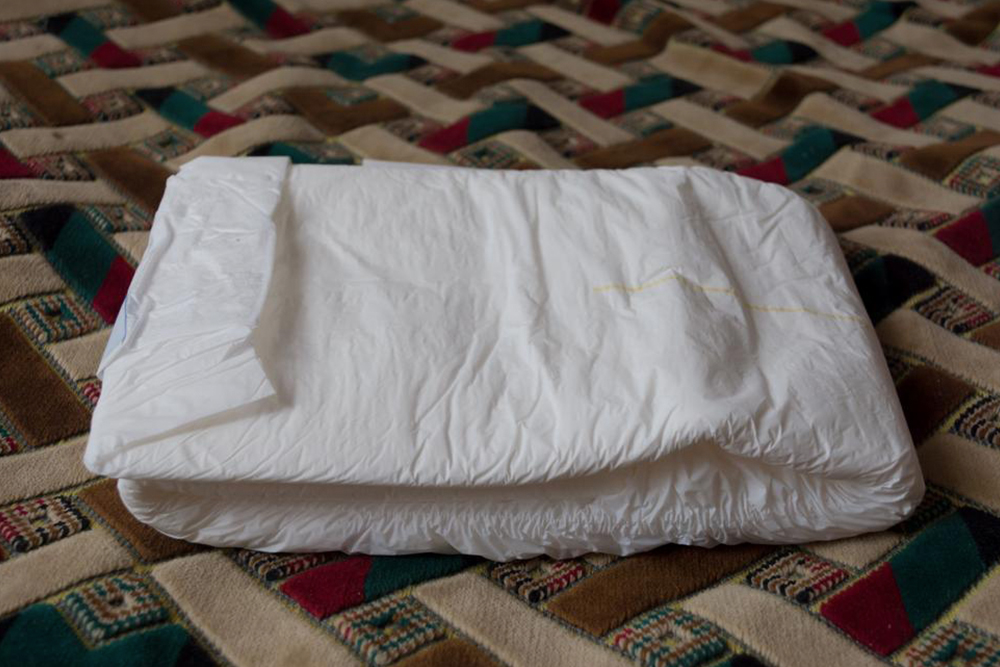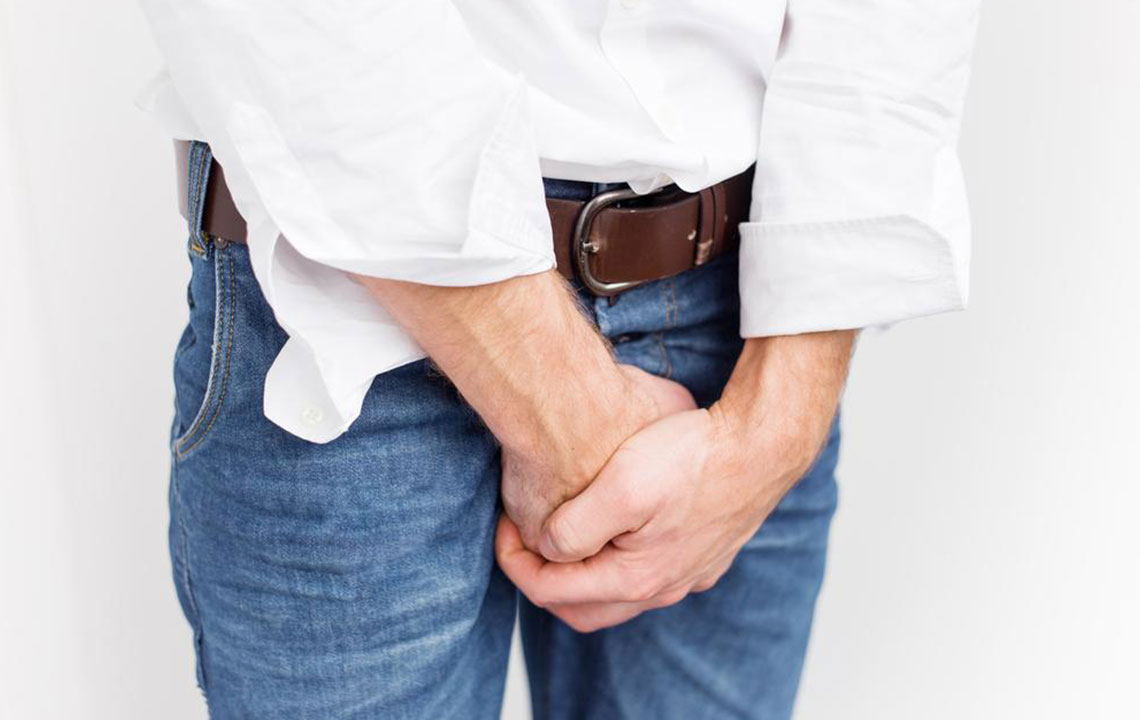Ultimate Guide to Adult Diapers: Types, Uses, and Choosing the Right Product
This comprehensive guide explores the various types of adult diapers, their features, and applications. It helps users select the best product for their needs, highlighting the importance of proper fit, absorbency, and comfort. Managing incontinence effectively allows individuals to maintain independence, participate in daily activities, and improve overall quality of life. The article emphasizes the role of hygiene and health management alongside product choice, offering practical tips for choosing suitable adult incontinence products suitable for different lifestyles and health conditions.

Comprehensive Overview of Adult Diapers: Variants and Practical Applications
For many adults experiencing issues with urinary or fecal incontinence, adult diapers are an essential solution that offers both dignity and independence. Incontinence can be caused by various health conditions, age-related factors, or mobility challenges, making effective management crucial for maintaining quality of life. This extensive guide explores the different types of adult diapers available, their specific features, ideal usage scenarios, and tips for selecting the most suitable product based on individual needs.
Whether managing chronic medical conditions, recovering from surgery, or coping with age-related incontinence, adult diapers play a vital role in helping users preserve their social lives and personal hygiene while avoiding embarrassing situations. These products empower individuals to stay active and participate fully in daily activities, reducing the psychological and physical impact of bladder and bowel control issues.
Medical issues such as bladder weakness (also known as urinary incontinence), neurological disorders, mobility impairments, dementia, gastrointestinal conditions, and post-surgical recovery often necessitate the use of adult incontinence products. Understanding the different types and features of adult diapers can help users choose the best option for their lifestyle and health conditions.
Categories and Variants of Adult Diapers
Adult diapers come in a wide range of sizes, designs, and absorption capacities, tailored to meet various needs. They include traditional briefs, pads, form-fitting clothing-like options, and accessories such as waterproof pants and absorbent liners. Their main goal is to effectively manage leaks while providing comfort and discretion, especially for older adults and those with mobility limitations.
Here, we delve into the most common types of adult diapers, outlining their features, applications, and benefits:
Disposable Adult Diapers: These are the most widely used and convenient option. Constructed with high-absorbency cores and waterproof outer shells, they are designed for frequent changes and long-term wear. Typically featuring adjustable fastening systems or elastic waistbands, they are favored by both men and women. Their high capacity to absorb urine makes them ideal for active lifestyles or overnight use, particularly in institutional settings like nursing homes or hospitals.
Swim Diapers: Unlike traditional absorbent diapers, swim diapers are designed primarily for water activities. They do not absorb liquids but act as a barrier, preventing waterborne fecal matter from contaminating pools or other water bodies. Usually made from waterproof, reusable, or disposable materials, they are essential for individuals with fecal incontinence engaging in swimming or water therapy. These products are discreet and comfortable, enabling water-based activities without concern over leaks.
Contour Cloth Diapers: These lightweight, reusable cloth options are tailored for short-term or occasional use. Designed with a narrower middle section to fit discreetly under clothing, they feature multiple layers of fabric for absorption and breathability. Although they are not waterproof externally, they are suitable for mild incontinence or daytime use, especially in environments where eco-friendliness and reusability are prioritized.
Waterproof Pants: Also known as plastic or vinyl pants, these are traditional outerwear garments worn over absorbent pads or cloth diapers. Made from rubber, vinyl, or similar waterproof materials, they serve as a leak-proof barrier during incontinence episodes. They are particularly useful during nighttime or when longer periods away from a restroom are expected.
Pads and Pants System: This versatile option combines an absorbent pad with a waterproof outer pant. The system offers ease of movement, flexibility, and reliable containment, making it suitable for active users or those with moderate to severe incontinence. It simplifies changing routines and provides a comfortable fit, often with adjustable straps or elastic waistbands.
Belted Underwear or Protective Undergarments: These are designed with adjustable belts or hooks, providing a snug fit around the waist without internal elastic linings. Ideal for moderate incontinence, they are easy to put on and remove, making them suitable for individuals with mobility impairments who require quick and discreet protection.
Male Guards and Urinary Drip Collectors: Specially designed for men, these products are elongated pads that fit snugly around the penis and testicles, providing stability and leak protection during everyday activities. Drip collectors are small, pocket-sized devices worn discreetly to gather minor urine leaks post-dribble, offering an extra layer of security for men experiencing mild or unpredictable leaks.
When selecting an adult diaper, it is critical to consider various factors such as absorbency level, comfort, size, gender-specific design, material quality, and brand reputation. Proper fit and high absorbency ensure maximum protection and comfort, preventing skin irritation or rashes caused by prolonged exposure to moisture.
It’s important to note that while adult diapers are valuable in managing incontinence, they are often part of a broader health management plan. Addressing underlying health issues through medication, lifestyle adjustments, and physical therapy can significantly reduce reliance on these products over time. Additionally, choosing high-quality, hypoallergenic, or skin-friendly products helps maintain skin integrity, preventing complications like infections or dermatitis. Ultimately, the goal is to enhance dignity, hygiene, and overall quality of life for individuals dealing with incontinence challenges.
